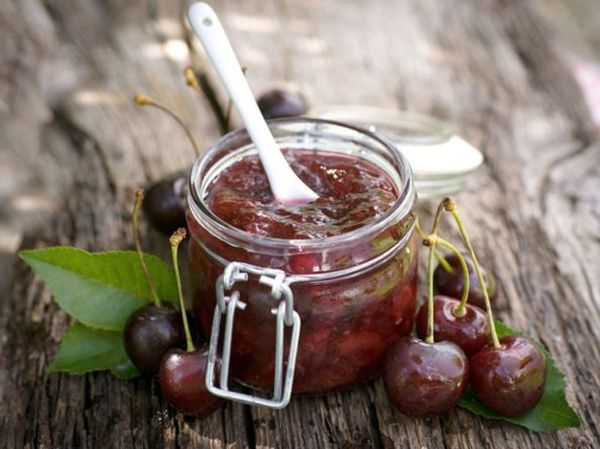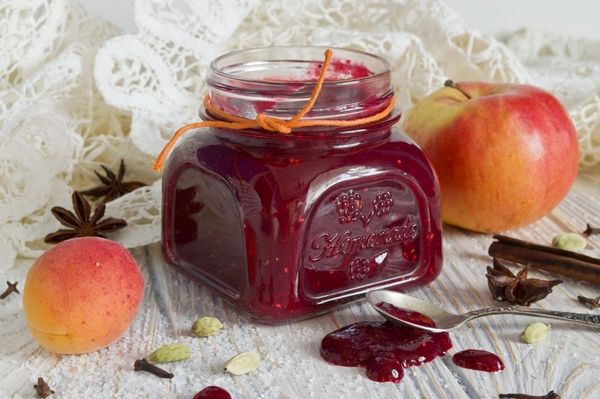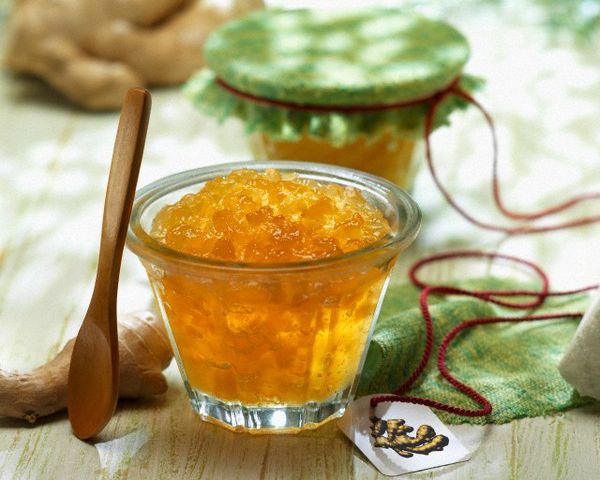What is the difference between jam and jam and marmalade
Content
Distinctive features of jam
Jam is a primordially Russian word meaning a treat cooked in sugar syrup from seasonal berries and fruits, popular among the Slavic peoples. The delicacy appeared thanks to the Hellenes, who made honey from boiled quince. In Persia, sugar was added to fruits, not honey, and the dish was consumed with spices.
Today, pears, apples, plums, lemons and rose petals often become components of the workpiece. A classic delicacy is created from ripe fruits without damage, the sugar in the finished syrup should be more than 70%. The syrup is cooked in a low and wide steel or aluminum container in several passes, it is not allowed to boil for a long time so that the fruits retain their shape. The fruits should eventually become transparent, and the syrup should be viscous.
Video "Jam, confiture, jam: what's the difference"
In this video, you will learn what is the difference between jam, confiture and jam.
The subtleties of making jam
The word "jam" has English roots, the cooking technology is the same as for the previous dessert, but the finished dish should turn out to be jelly-like. Jam differs from confiture in the process of squeezing or crushing the fruit, while the second is similar to jelly with pieces of fruit or berries, sometimes they are left intact. Jam appeared after Janet, a Scottish resident, once made a dessert of bitter oranges boiled with sugar.
For harvesting, it is permissible to take damaged, crumpled and unripe fruits, preferably apples, plums and quince. They are blanched and boiled in sugar syrup over high heat, after evaporation of moisture it is reduced. Use wide pots or pans made of aluminum and stainless steel. After cooling, the finished dessert should fall from the spoon in pieces.
Jam features
It is also interesting to know about the difference between delicious jam and jam, which is a thick mass of grated berries or fruits, to which sugar or molasses is added during cooking. The word "jam" is Polish, the difference between it and jams is that for the first one must remove the peel from the fruit and remove the core. It was the Poles who boiled Hungarian plums more than a century ago and baked them in an oven without sugar.
For delicacies, mature, can be overripe, even crumpled and damaged fruits, but not spoiled, are needed, which are blanched, rubbed through a sieve or passed through a meat grinder. In addition to sugar, citric acid, cinnamon, cloves and other spices are added to a dish prepared in a wide container. If you run a wooden spatula along the bottom of a saucepan or basin, the resulting trace in a properly cooked jam should not be filled immediately.
The nuances of creating jam
Before explaining the differences between previous desserts and jams, it should be said that this relative of jam comes from London, where the first jams were made from apples, apricots and quince with gelatin and berry juice.
The treat is created from fruits or berries, fresh or frozen, which are blanched and boiled in syrup, adding a thickener - gelatin or agar-agar, as well as citric acid and vanillin.During the cooking process, the dishes are rotated, as the spoon can damage pieces of fruit or berries. Using small fruits, they are limited to one cooking, large ones are boiled several times. In the finished dish, pieces of fruit should be evenly distributed throughout the delicacy.
Fruit and citrus marmalades
Marmalades, like confitures, keep apart from other winter preparations from cooked berries and fruits, since they differ in a jelly-like structure. Many people think that marmalade is only classic English from citrus fruits, mainly oranges, less often from tangerines and lemons. But other countries have their own varieties of dessert: in Portugal and Spain, it is a thick and jelly-like quince fruit treat.
And the Germans call marmalades any preserves, jams, marmalades, as well as confiture.
Most of the useful substances are preserved in cooked jams, especially "Pyatiminutki", but the raw materials in jam, jams and confiture, after long processing, lose almost all their value.





